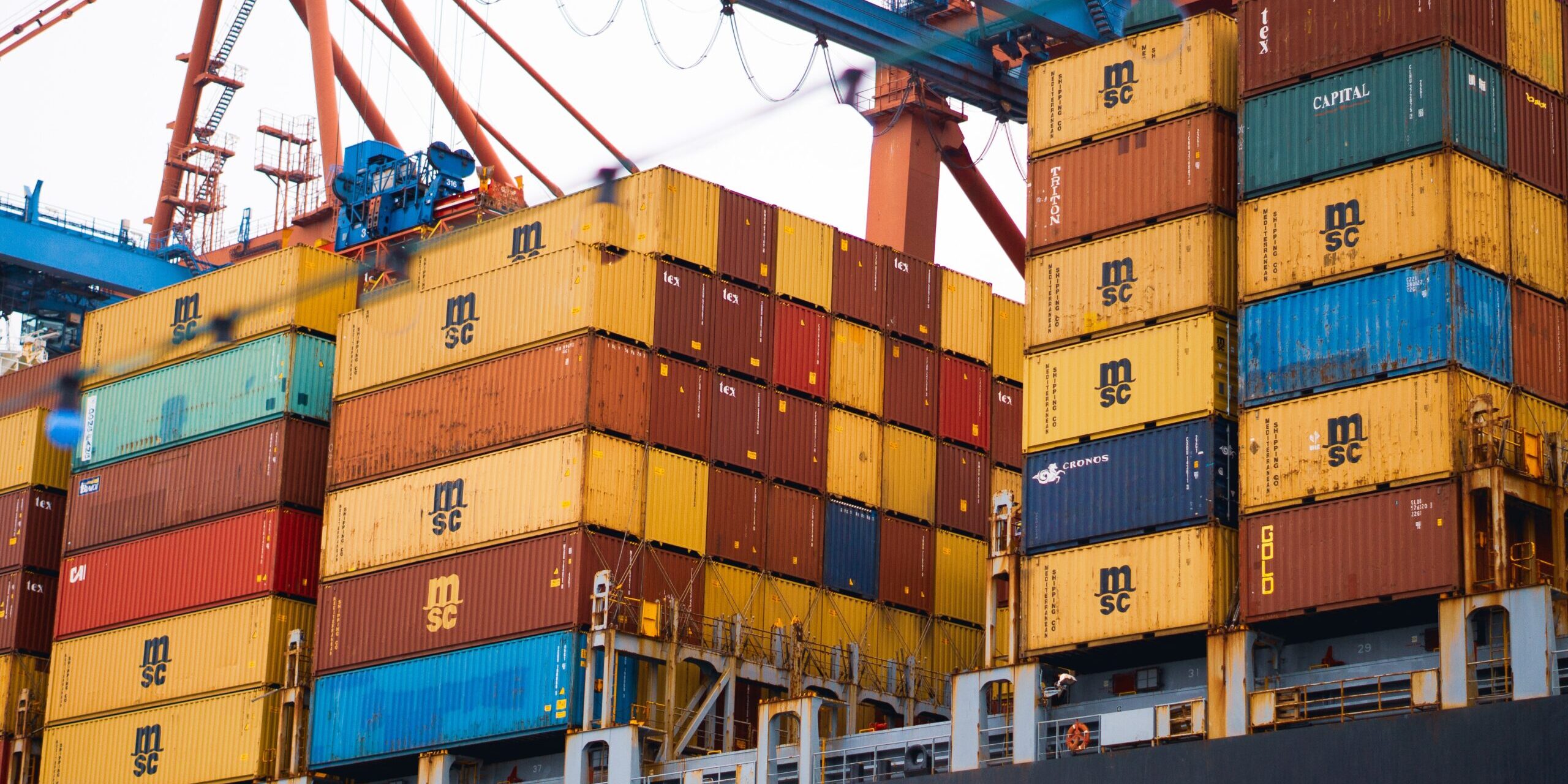The Circular Economy and its Impact on Supply Chain Sustainability
The circular economy promotes sustainability by keeping materials and products in use for as long as possible. Supply chains play a crucial role in implementing circular practices through design for circularity, efficient reverse logistics, collaborative networks, resource recovery and recycling, and product life extension. Embracing the circular economy offers numerous benefits, including reduced resource consumption, minimized waste generation, and new business opportunities. However, it requires a systemic shift in mindset and practices, as well as collaboration among stakeholders. The circular economy is a powerful approach to achieving supply chain sustainability and driving long-term success.
The circular economy presents numerous opportunities and challenges for supply chains. By implementing circular practices, companies can reduce their reliance on finite resources, minimize environmental impacts, and create new business opportunities. Here are some key aspects of the circular economy and its impact on supply chain sustainability.
Design for Circularity:
The circular economy encourages companies to design products with the intention of maximizing their lifespan and facilitating easy repair, remanufacturing, or recycling. This shift in product design requires collaboration between designers, engineers, and supply chain professionals to create products that are durable, modular, and easily disassembled for resource recovery.
Reverse Logistics:
To implement circular practices, supply chains need to establish efficient reverse logistics processes for the collection, sorting, and redistribution of used products or materials. This involves designing efficient collection networks, implementing effective sorting and refurbishment systems, and collaborating with customers and suppliers to facilitate the return and reuse of products.
Collaborative Networks:
The circular economy promotes collaboration among different stakeholders within supply chains. Companies can form partnerships with suppliers, customers, and even competitors to share resources, optimize logistics, and create closed-loop systems. Collaborative networks enable the sharing of knowledge, infrastructure, and expertise to maximize resource utilization and minimize waste generation.
Resource Recovery and Recycling:
A key aspect of the circular economy is the recovery and recycling of materials from end-of-life products. Supply chains play a vital role in establishing efficient recycling and recovery processes, ensuring that valuable materials are extracted and reintroduced into the production cycle. This reduces the reliance on virgin resources and minimizes environmental impacts associated with extraction and disposal.
Product Life Extension:
Another approach within the circular economy is to extend the life of products through repair, refurbishment, or resale. Supply chains can facilitate product life extension by establishing efficient repair networks, offering refurbishment services, or creating platforms for the resale of used products. This reduces the need for new production and reduces waste generation.
The circular economy offers numerous benefits for supply chain sustainability. By adopting circular practices, companies can reduce resource consumption, minimize waste generation, and create new revenue streams. Additionally, the circular economy fosters innovation, collaboration, and resilience within supply chains, leading to long-term competitive advantages.
Embracing the circular economy requires a systemic shift in mindset and practices. Companies need to rethink their business models, collaborate with stakeholders, and invest in technologies and infrastructure that support circularity. By doing so, supply chains can contribute to a more sustainable and resilient future.







